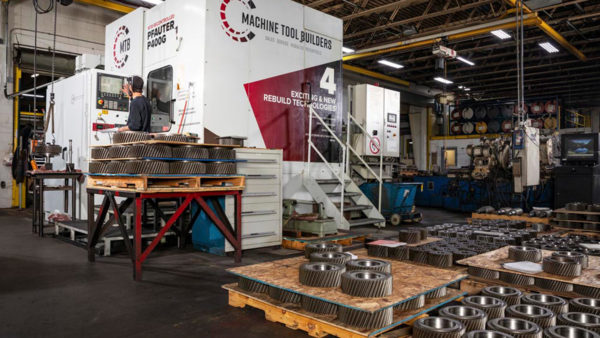Features
Gleason’s GRSL Quality Center brings fast gear inspection to the shop floor for higher quality gears
Read More
Delivering on the Promises of Digital Twins and Big Data
Balancing accuracy and precision in ISO 6336
Read More
Training: Invest in Your Most Valuable Asset
New training programs and digital training technologies are closing the gap between shortages in skilled workers and an increasingly complex manufacturing environment. People are your most valuable asset, and investments in training pay enormous dividends downstream.
Read More
Forging Ahead
Speedy delivery of high quality, open die forgings, seamless and contoured rolled rings, and complex forged parts is essential to the growing wind energy sector
Read More
Gear Backlash in Robotics Applications
The search for flexibility, performance, and economical systems
Read More
Hydraulic Workholding Expands Its Horizons
Extremely accurate and impervious to contamination, hydraulic clamping is ideal for e-drive and other applications where producing high-precision gears is paramount.
Read More
Four Tips to Optimize Quality and Reduce Cycle Time in Gear Tooth Profile Grinding
Choosing the right wheel can reduce cycle time and optimize quality.
Read More
Customize Gear Skiving for Precise, Efficient Gear Cutting
The advantages of gear skiving on machining centers
Read More















